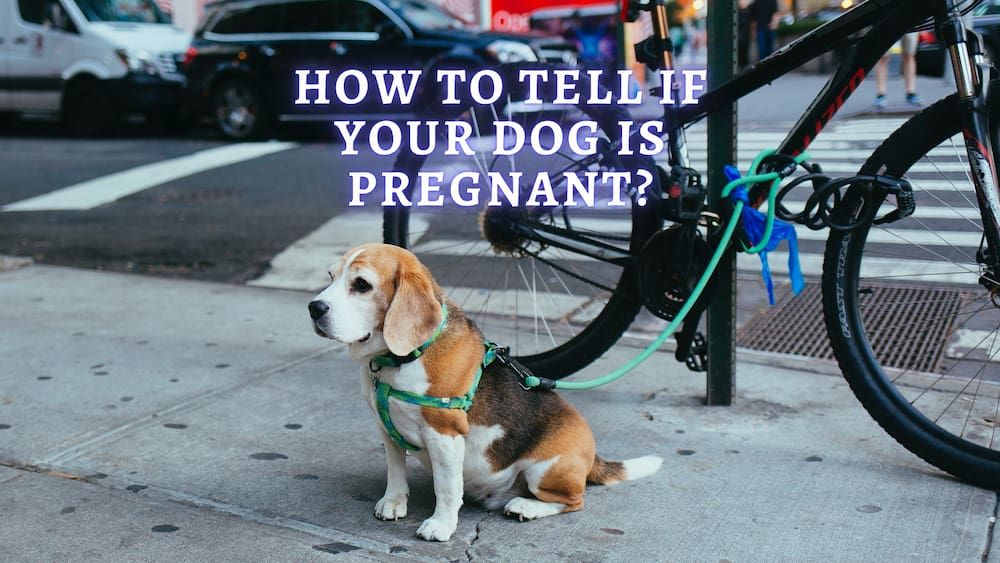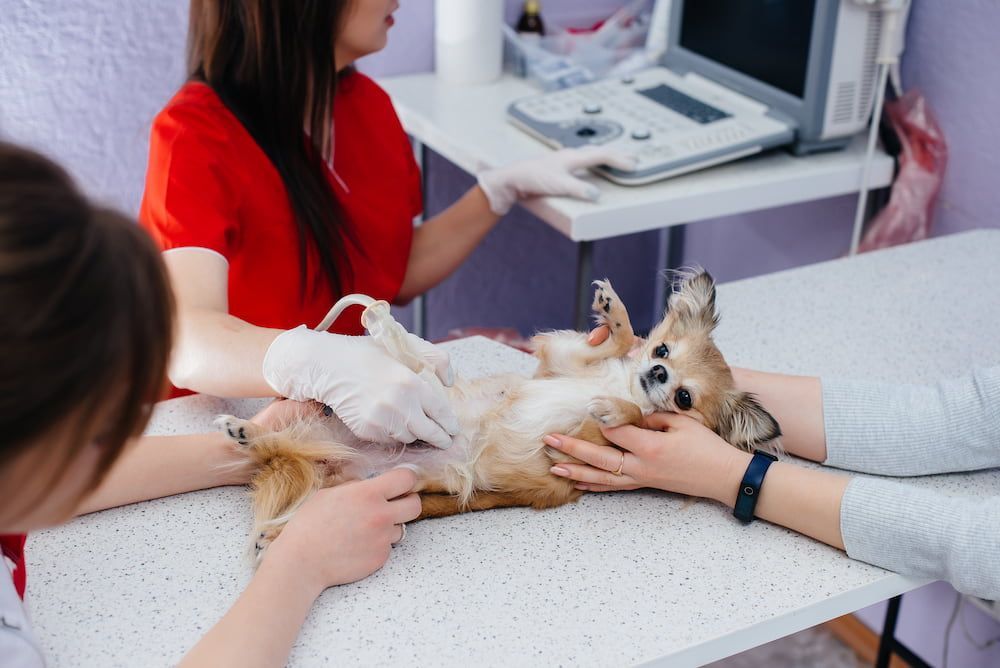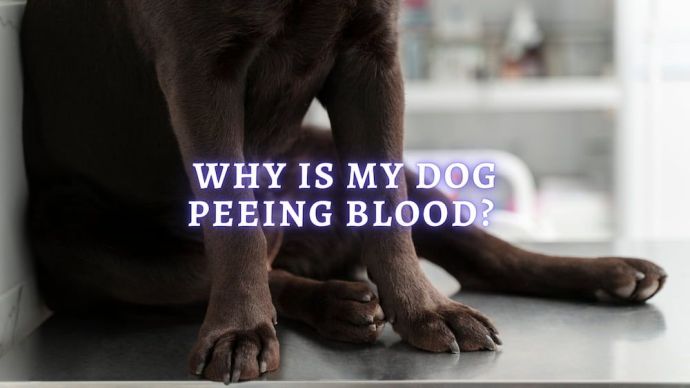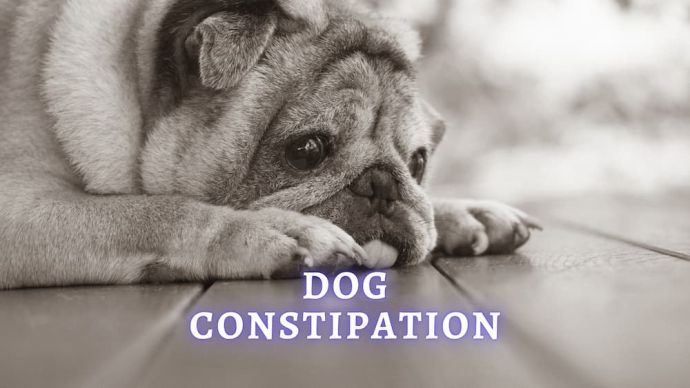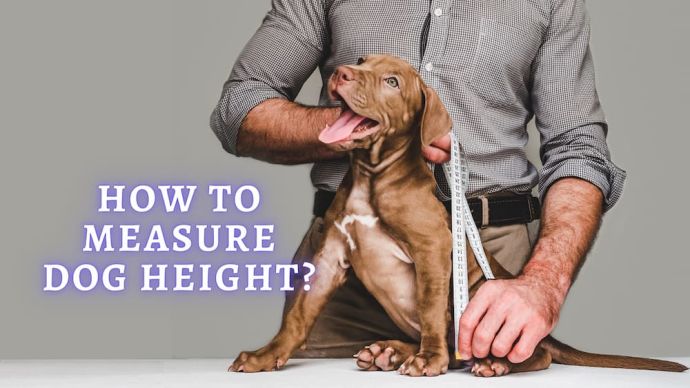How To Tell If Your Dog Is Pregnant? (Vet Approved)
Written by:
Author: Vicki Smirnova
Vicki Smirnova is a professional writer and editor who adores animals and helps readers get along well with their pets. She has been working in digital media for more than 5 years and has great experience writing content about lifestyle, including pets. Vicki specializes in dog health and nutrition, cat feeding, dog training. She is an aquarium lover and is passionate to write about fish care at home. Also, Vicki headed several websites and worked as a news editor.
View all 245 articlesLearn about our editorial process and veterinary review board.
Reviewed by:
Veterinary review
by Dr. Sara Ochoa
Dr. Sara Redding Ochoa is a veterinarian with many years of experience and higher education. During her time in veterinary school she was able to learn form some of the most well-known veterinarians from all over the world. Sara lives happily with her husband Greg and her babies Ruby the schnoodle, and Bam-Bam her bunny. Dr. Sara Redding Ochoa has a passion and love for animals that makes her a wonderful asset to our team.
View all 13 articlesLearn about our veterinary review board
Viewed: 63
Updated on: 12/28/2022
Pregnancy is an important and challenging time in every dog’s life. The expectant mother’s body experiences a strong load and stress at this time. Usually, the owners limit the dog’s activity and increase its diet, but this happens only after obvious signs of pregnancy appear. In fact, you need to take care of the dog’s health and its puppies much earlier. To do this, it is essential to know the signs of pregnancy at all stages.
What are the signs if your dog is pregnant?
A young dog can become pregnant already at the age of 6-9 months, but at this time, she is not yet able to endure and give birth to offspring without harm to herself. It is recommended to start mating a female no earlier than 1.5-2 years when she is physiologically ready for such a complex process. Check your chosen breed’s breeding recommendations to ensure she is prepared for pregnancy. Remember – the larger the dog, the more time it needs to grow up.
A dog can have from 1 to 3 estrus per year; each estrus lasts 7 to 15 days. Before the onset of estrus, the female begins to attract males but does not yet allow them to be active (this period lasts 5-15 days). If you don’t want your dog to become pregnant, take extra precautions when the spotting from the dog’s uterus starts to lighten.
Most dogs show no symptoms of pregnancy in the first few weeks. Although several embryos develop inside the dog, they are only a few millimeters in size.
Early signs may be as follows:
- slightly enlarged nipples;
- appetite may increase;
- reduced physical activity;
- nausea and vomiting will occur;
- the behavior will become more affectionate;
- there will be clear vaginal discharge (around the fourth week).
You need to take care of the means for dogs’ health in advance because, from the beginning of pregnancy, the dog must be protected from stress, changes in the daily routine, vaccinations, and procedures to remove ticks, worms, and other parasites. From the middle of the first month, solid physical activity is contraindicated for the expectant mother.
In the second month, the pregnancy signs are much more noticeable:
- behavior becomes restless and more sensitive;
- colorless vaginal discharge continues;
- mammary glands increase;
- appetite is seriously increased;
- weight increases by 20-50%;
- increased urination.
Around day 45, the dog’s appetite decreases. At this time, her stomach is already clearly visible, quite hard to the touch. At day 50, the movement of puppies can already be seen from the outside.
During this period, it is important to transfer the dog to a special diet for pregnant women to choose the right dry dog food. It is necessary to completely prohibit her physical activity so that the embryos are not accidentally injured.[1]
How Long Are Dogs Pregnant?
Pregnancy in dogs proceeds quickly – 58 – 68 days. The periods are relatively short. In the first two to three months, puppies develop very quickly in the uterus. Some babies are born on the 70-72nd day. It depends on the physiological characteristics of the female. Small breed dogs can carry puppies for 56–60 days, medium breed dogs for 60–66 days, and large dogs for 64–70 days.
In the first month of pregnancy, the embryos travel through the fallopian tubes in the dog’s uterus. This usually happens on the seventh day after the fertilization of the eggs. And on about the 16th day, they are introduced into the mucous membrane of the uterus. Gradually, the internal organs of the puppies begin to form, and on the 28-30th day their heartbeat can already be tracked by ultrasound. On day 26, a veterinarian can detect pregnancy by feeling the dog’s abdomen.
In the second month, the embryos develop most rapidly. Their bones are strengthened, the formation of the main body systems is completed, hair, claws, teeth appear. At day 50, X-rays can already determine how many puppies will be.
Pregnancy Test and Termination
A veterinarian can confirm the pregnancy of a dog by measuring its hormonal levels and a special pregnancy test (starting from 21-25 days after the alleged mating), as well as by ultrasound (from about 20-22 days of pregnancy).
Medical and surgical termination of unwanted canine pregnancy. The information below is provided for informational purposes only. Any decisions you should make only after consulting a veterinarian.
Interruption is far from a harmless procedure. It is safer not to let mating happen. A drug with the active substance estradiol benzoate prevents unwanted pregnancy after unplanned mating. It is administered on the 3rd and 5th day from the moment of random mating. If the mating time is unknown, then the drug is administered in another week.
If time is lost and pregnancy is confirmed, it is possible to terminate it medically or surgically. This is the last resort, but sometimes necessary. There are situations where childbirth is highly likely to result in injury or death to the pet.
For medical interruption, a special hormonal preparation is used. The hormone disrupts the normal physiological process of maintaining offspring in dogs, which leads to the occurrence of abortion or fetal resorption. Valid up to 45 days after mating. Termination of pregnancy occurs within a week after the introduction.
After taking the drug, the dog retains reproductive functions, estrus occurs at the usual time. The downside is that when used after 20 days, an abortion can take place with physiological signs of childbirth – this can cause a false pregnancy in the dog in the future.
The surgical method for terminating an unwanted canine pregnancy is to perform an operation to remove the uterus with fetuses. After such an intervention, the female cannot have puppies. A contraindication may be a weak heart or other conditions in which anesthesia is prohibited for the dog.
RELATED: Spaying female dog
What should I do for my pregnant dog?
So that nothing threatens the health of the mother and puppies, you need to carefully monitor the cycle and, at the first suspicion of pregnancy, take the dog to the veterinarian. The specialist will give recommendations on feeding (the expectant mother will need more calcium, protein and vitamins) and proper handling of the dog.
Due to the pressure of the bladder on the stomach, the female is not able to endure the need, and therefore she needs to be walked more often than usual. It is very important to walk your dog in clean areas to avoid getting dirt on the pregnant woman’s nipples and to make sure she doesn’t drink from a puddle or pick up food outside. Otherwise, the dog may develop worms that are easily passed on to puppies.
It is very important to maintain the hygiene of your pet during pregnancy. Bathing a pregnant dog is not recommended, it is enough to wipe the dog’s paws, ears, eyes and also gently comb out the coat.
During the pregnancy of a pet, it is worth delaying vaccinations and other medical procedures. Vaccines of any kind can adversely affect babies in the womb. If the vaccination is necessary for the female, it is better to do it before ovulation. It is advisable to check the dog for the presence of worms before pregnancy. You need to think about getting rid of parasites in advance, 2 weeks before the planned mating. The owner must be aware of the seriousness and responsibility that lies on his shoulders so that the pet’s pregnancy proceeds without risks. Therefore, before taking this step, you need to assess the availability of your free time, which you will need to devote to your pregnant dog.
The pet should be calm and not too active. It is best to protect it from any traumatic objects. Before giving birth, the dog begins to look for a secluded place that should be prepared in advance. It should have walls and a sufficiently low roof (a large cardboard box will do). The place should be shaded and isolated from loud sounds and pungent odors.[2]
READ MORE: Pros and Cons of Spaying Your Dog
What is the best thing to feed a pregnant dog?
In the process of bearing the fetus, the dog needs special care and attention. In addition, it is necessary to maintain her physical health. During this period, you need to walk more while taking into account the load rate for a pregnant bitch and receive a complete diet, enriched with a sufficient amount of vitamins and nutrients.
In the early stages of pregnancy, the dog has nausea, so you do not need to force him to eat. Gradually she will get used to the new sensations. Before pregnancy, you can weigh the dog in order to monitor the change in its weight during the process of carrying the fetus.
First you need to feed the dog as usual; after a month you need to increase the frequency of eating in small portions. Closer to childbirth, the dog needs calories and vitamins, especially calcium.
The owner of a pregnant female is advised to give preference to puppy food, as it contains the components necessary for the fetus in a balanced amount. For example, you can choose food depending on the size of the dog and its future puppies. Also, a pregnant dog should drink plenty of water, so it is imperative that a sufficient amount of clean water is available to her.
Preparing for puppies
To prepare for the arrival of puppies in the house, do a spring cleaning and build a secluded place for childbirth. Depending on the size of the dog, this can be a box or a temporary fence with plywood sheets covered with clean diapers and towels. The main thing is that the place for childbirth is isolated from strangers and is not in a draft. And the rag flooring retained heat and quickly absorbed moisture.
To help your dog during birth, prepare in advance:
- clean towels for rubbing puppies;
- sharp sterile scissors for cutting the umbilical cord;
- rectal thermometer and petroleum jelly to control the dog’s body temperature;
- silk thread for applying clamps to the umbilical cord;
- heating pad for newborn babies;
- kitchen scales for weight control at birth;
- hand sanitizer;
- medical rubber gloves for labor induction.
To prevent newborn puppies from freezing, use an infrared lamp. The room should be warm (about 80°F) for the first 4 days after delivery. Temperature can be lowered later.
How do you know when a dog is about to give birth?
Childbirth in dogs takes place in three stages. The first lasts from 12 to 24 hours and is usually difficult to notice. The contractions of the muscular wall of the uterus gradually become more frequent and intensified, but they are not visible from the outside. The following symptoms indicate the onset of labor:
- heavy rapid breathing;
- vaginal discharge;
- the desire to retire;
- anxiety;
- refusal to eat;
- vomit.
At the second stage of birth, puppies begin to be born. This step can take from an hour to a day. The puppies go out one by one, no more than 1-2 hours pass between the exit of the puppies (usually 30-60 minutes). To understand that the puppies are over (or the dog has problems, and all the puppies cannot come out), you need to do an ultrasound or x-ray in advance and count the number of puppies.
In the third stage of labor, the placenta comes out. This process does not take much time; it is partially combined with the second stage and ends shortly after it.
If the dog cannot give birth for more than a day or more than 2 hours have passed between the release of the puppies, you must definitely call the veterinarian. In this case, the life of both the mother dog and her cubs may be in danger.
FAQ
What are the first signs of pregnancy in a dog?
The animal becomes calmer and drowsy, with possible mucous discharge, transparent or brown, the dog fawns, tries to avoid sudden movements, and toxicosis is sometimes observed after 3-4 weeks.
Can you use a human pregnancy test on a dog?
Unfortunately, there are no home pregnancy tests for dogs. Human tests are calibrated for humans. To determine if your dog is pregnant, you need a specific hormonal test, which can be done by your veterinarian.
Article Sources:
- Meyers, Harriet. “Dog Pregnancy: Signs, Care, and Preparing for Puppies.” American Kennel Club, akc.org/expert-advice/dog-breeding/dog-pregnancy-care-prep/.
- ”Dog Pregnancy, Birth, and Postpartum Care: The Complete Guide.” PetMD petmd.com/dog/conditions/reproductive/dog-pregnancy-birth-and-puppy-care-complete-guide.
 Dog Care Am I Ready to Be a Dog Parent? 7 Things to Consider Before Getting a Puppy
Dog Care Am I Ready to Be a Dog Parent? 7 Things to Consider Before Getting a Puppy - 219
- 0
 Dog Veterinary Tips Why is my Dog throwing up: Causes and Preventing (Veterinary Advice)
Dog Veterinary Tips Why is my Dog throwing up: Causes and Preventing (Veterinary Advice) - 21360
- 5
 Dog Care My Dog Keeps Scratching His Mouth: Reasons Why Your Dog Scratching Face
Dog Care My Dog Keeps Scratching His Mouth: Reasons Why Your Dog Scratching Face - 16547
- 1









